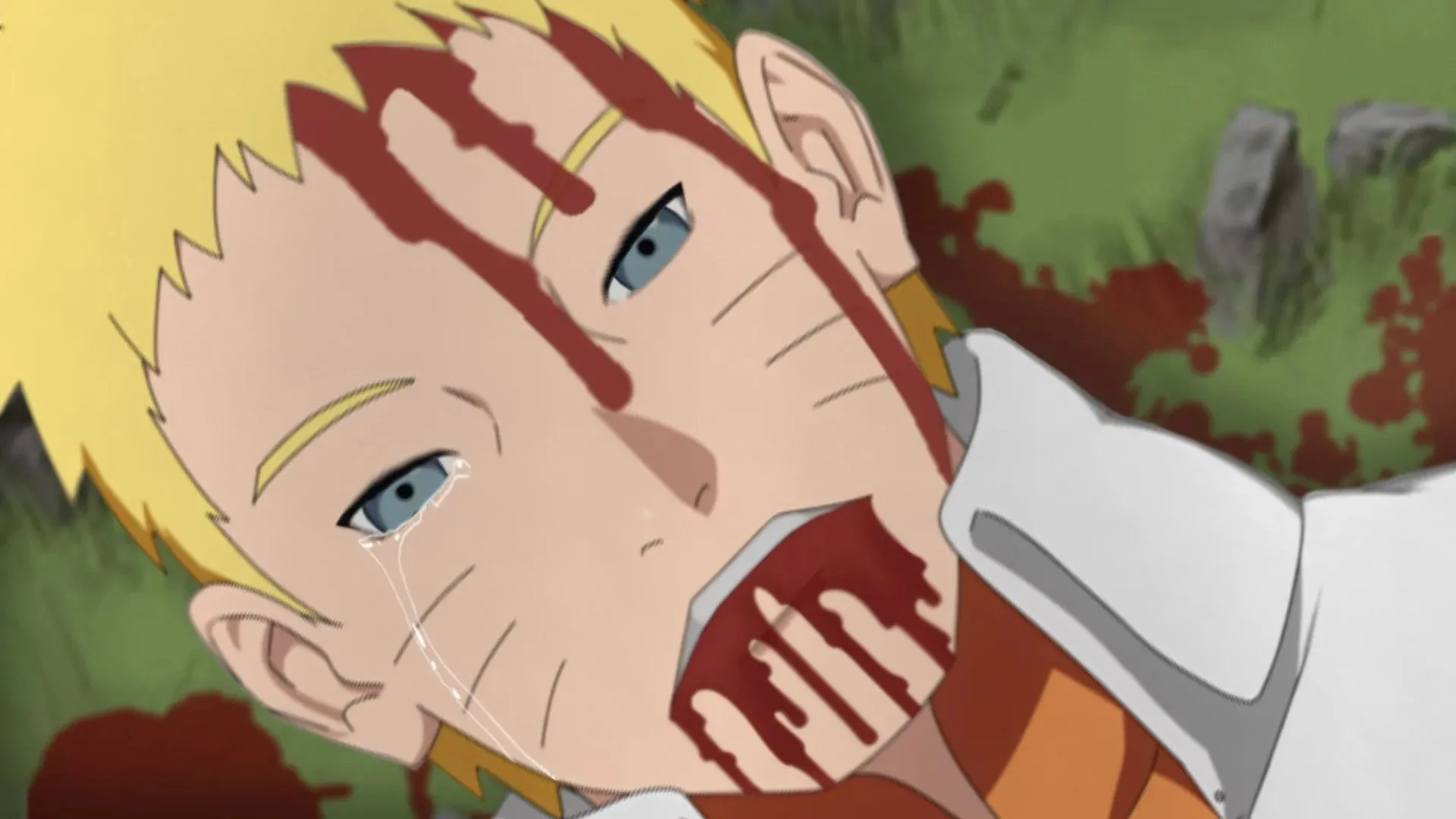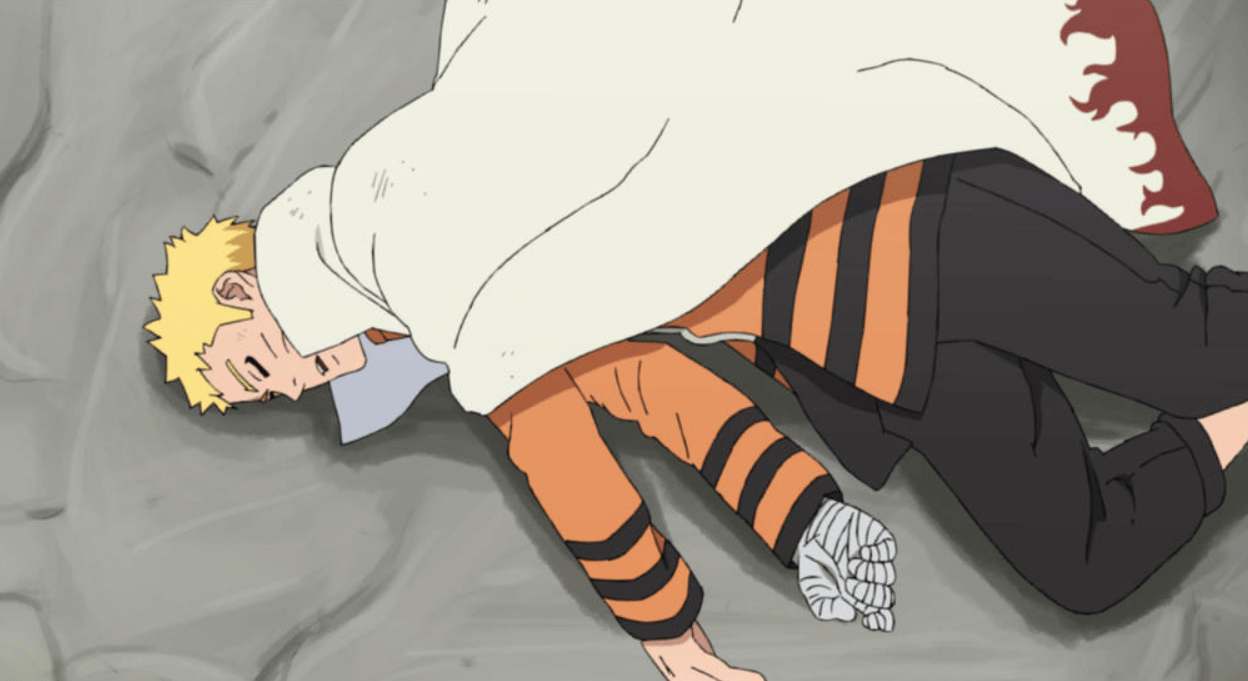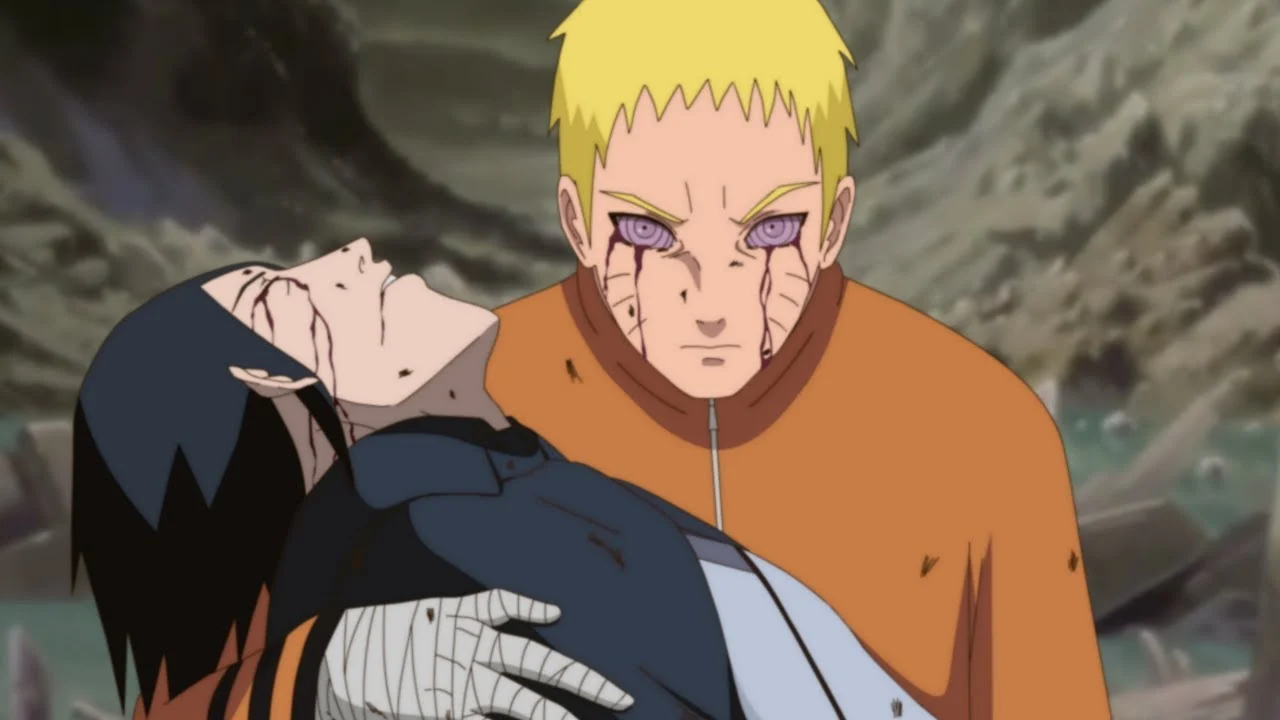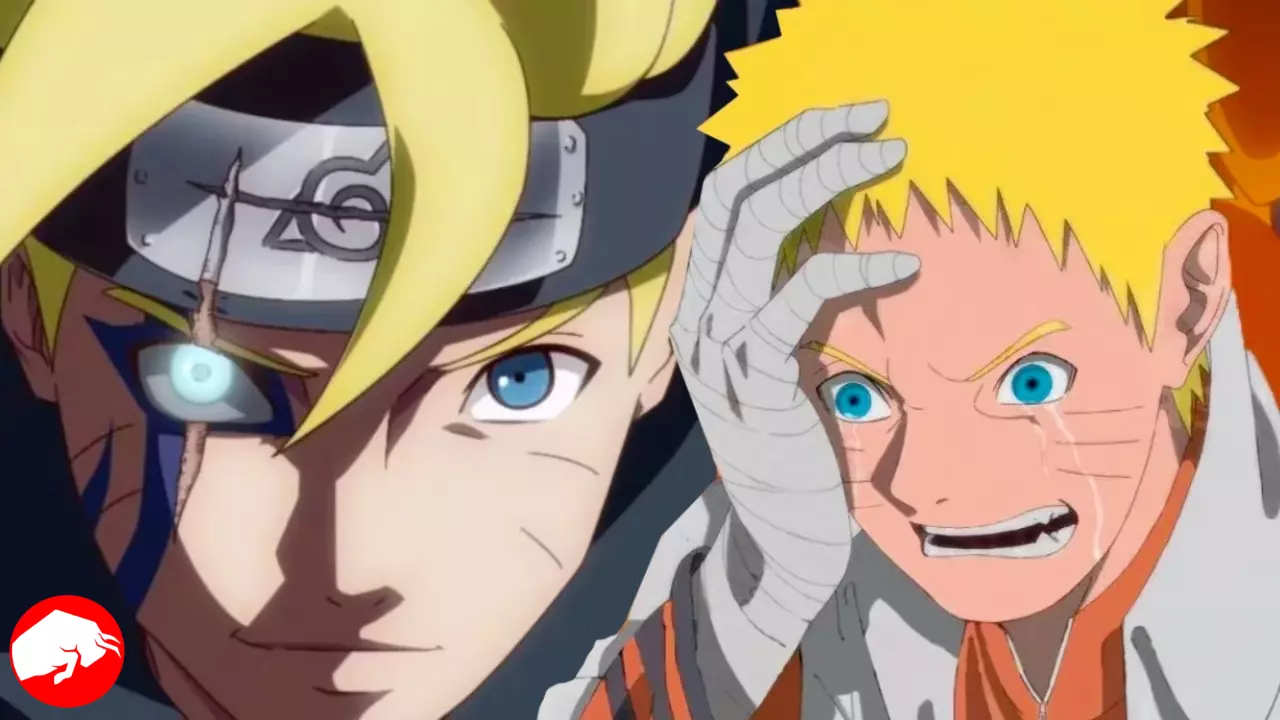The Hidden Leaf Village has seen decades of battles, triumphs, and heart-wrenching losses. For fans who grew up watching Naruto unleash Rasengans and Sasuke showing off his Sharingan, the sequel series Boruto is a double-edged Kunai. On one hand, we get to see the new generation of shinobi rise, but on the other, it comes with the inevitable departure of some of the iconic characters we’ve come to love. Today, let’s dive deep into the characters from the Naruto universe who’ve passed on in the world of Boruto, leaving behind not just memories but also life lessons for the younger crop of ninjas.
The Rock-Solid Legacy of Onoki, the Tsuchikage
Onoki, the Third Tsuchikage of the Hidden Stone Village, was already a venerable 79 years old when he first stepped into the limelight during the Five Kage Summit Arc. His Dust Release was not just rare; it was a cataclysmic force. Fast-forward to the Boruto era, Onoki grapples with grief over the loss of his grandson, leading him down a controversial path where he creates beings known as Akuta and Fabrications to avoid future human losses in battle.

Enter Ku, a Fabrication and a piece of Onoki himself. Though Ku starts with good intentions—loyal to Onoki’s peace-driven ideology—he soon takes a violent turn. At a century old, Onoki musters his remaining chakra for a final Dust Release, defeating Ku and leaving Boruto and his friends with sage advice:
“Hold onto your will, and you can always start anew even if you fall into despair.” – Onoki

Ao, the Survivor Who Couldn’t Find His Place
Ao was a rare breed of survivor. He survived the Ten-Tails’ attack during the Fourth Great Ninja War—a cataclysmic event that obliterated many, including the likes of Shikaku Nara and Inoichi Yamanaka. After years in a coma and getting a bionic makeover courtesy of Katasuke Tono’s Scientific Ninja Tools, Ao emerged a changed man, but not necessarily for the better.
Haunted by his place—or lack thereof—in a post-war world, Ao joins Kara, the dark organization with intentions of growing a new God Tree. He upgraded his body and came equipped with drones firing lasers, becoming a formidable foe for Boruto and Team 7. Yet, when Boruto told him his life did have meaning, Ao found peace, and in a twist of fate, sacrificed his life to save the young Uzumaki.
“Your life does have meaning.” – Boruto to Ao
https://twitter.com/jiraiyapeek/status/1701830233190810058
Kurama, the Nine-Tails Who Became a Hero
Once thought of as nothing more than a mass of malice and hatred, Kurama—the Nine-Tails fox sealed inside Naruto—had undergone perhaps the most significant character arc. In a final showdown with the overwhelming Isshiki Otsutsuki, Kurama and Naruto use a life-draining transformation called the Baryon Mode. After deleting most of Isshiki’s lifespan, Kurama reveals the catch: only his life force had been consumed, sparing Naruto.
“I lied to Naruto because he would have never agreed to use it otherwise.” – Kurama

What’s Ahead: Uncertain Futures and God-Level Threats
Though the world of Boruto has remained relatively stable and peaceful, the threat level has by no means diminished. Characters like Code and Kawaki loom large as god-level threats, signaling that the Hidden Leaf and its inhabitants may yet see more losses. As the series progresses, the question isn’t if more legacy characters will die, but rather when and how their stories will shape the new generation.
If there’s one thing we’ve learned, it’s that death in the Naruto and Boruto universe is not just an end but also a beginning—a catalyst that spurs growth, incites change, and teaches lessons. It’s not just a matter of who died but how they lived, and how their legacy continues to affect the world and its youthful warriors.










